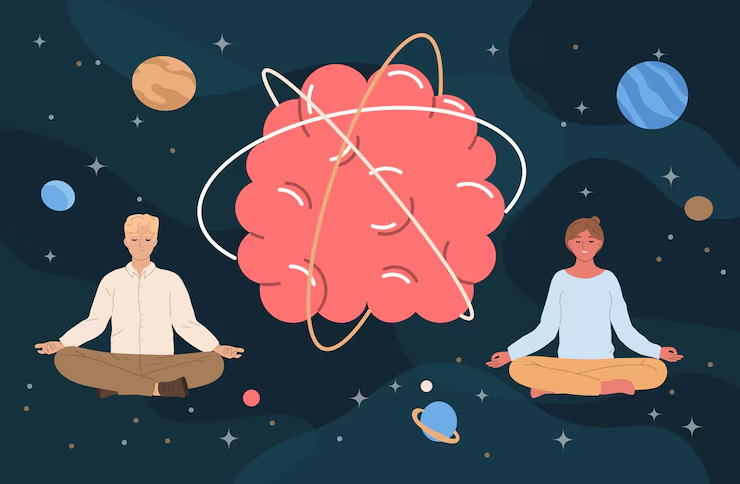Discover how intentional rest boosts brain health, reduces stress, and improves focus. Learn the science-backed benefits of doing nothing and how to practice it daily.

Introduction
In our fast-paced, hustle-driven world, doing nothing is often seen as laziness or wasted time. But science tells a different story: intentional rest is not just beneficial—it’s essential. From enhancing brain function to improving creativity and reducing anxiety, purposeful downtime can literally rewire your brain. Here’s why slowing down might be the smartest thing you do today.
Table of Contents
🧠 What Is Intentional Rest?
Intentional rest is the conscious practice of disengaging from tasks, goals, and distractions to allow your brain and body to recharge. Unlike passive rest (like zoning out in front of the TV), intentional rest includes mindful pauses—such as daydreaming, sitting quietly, or spending time in nature without an agenda.
Key takeaway: Doing nothing with awareness activates restorative processes in your brain.
🔬 The Science Behind Doing Nothing
Neuroscientists have discovered a brain network called the Default Mode Network (DMN) that activates when we’re not focused on external tasks. This network is essential for:
- Memory consolidation
- Problem-solving
- Creative thinking
- Self-reflection
When you’re always “on,” your brain doesn’t have time to engage in these vital activities.
✨ Benefits of Intentional Rest
1. Boosts Creativity
Studies show that when your mind wanders, you form novel connections—the birthplace of new ideas.
2. Improves Focus and Productivity
Rest periods allow your brain to reset, leading to better concentration and decision-making later on.
3. Reduces Stress and Anxiety
Intentional stillness helps lower cortisol levels and regulates your nervous system, promoting calm.
4. Supports Emotional Resilience
Downtime gives you space to process emotions, improving your emotional awareness and response to stressors.
5. Enhances Memory and Learning
The brain consolidates information during rest, making new skills and knowledge stick more effectively.
🌿 How to Practice Doing Nothing (Without Feeling Guilty)
Here are easy, science-backed ways to incorporate intentional rest into your daily life:
- Schedule mini “do-nothing” breaks: 5–10 minutes of quiet time every few hours.
- Try open-eyed meditation: Sit in stillness and simply observe your surroundings.
- Stare out the window: Let your mind wander—no phone, no agenda.
- Take tech-free walks in nature: No podcasts, no goals—just observe.
- Use the 20-20-20 rule: Every 20 minutes, look 20 feet away for 20 seconds to reset your brain.
🧘♀️ Remember: Productivity isn’t just about doing more—it’s about recovering well.
🚫 Doing Nothing ≠ Being Lazy
Culturally, we’ve been conditioned to tie our worth to output. But rest is not a weakness—it’s a biological requirement for optimal function. Embracing intentional rest can actually make you more productive, more creative, and more fulfilled.
🔁 Rewiring Takes Practice
Neuroplasticity means your brain is constantly reshaping itself. When you make rest a regular habit, you’re training your brain to function better under stress, increase focus, and regulate emotions. Over time, doing nothing becomes a superpower.
✅ Key Takeaways
- Intentional rest activates the brain’s Default Mode Network.
- It supports creativity, memory, emotional regulation, and stress relief.
- Doing nothing mindfully helps your brain recharge—don’t mistake rest for laziness.
- Practice small, tech-free pauses throughout the day to boost your mental clarity.
📌 Final Thoughts: Make Rest Your Ritual
Doing nothing is not about disconnecting from life—it’s about reconnecting with yourself. In a world that glorifies busyness, choosing to rest intentionally is a radical act of self-care and brain health. So, pause. Breathe. Let your mind wander. It might just be the best thing you do for your brain today.